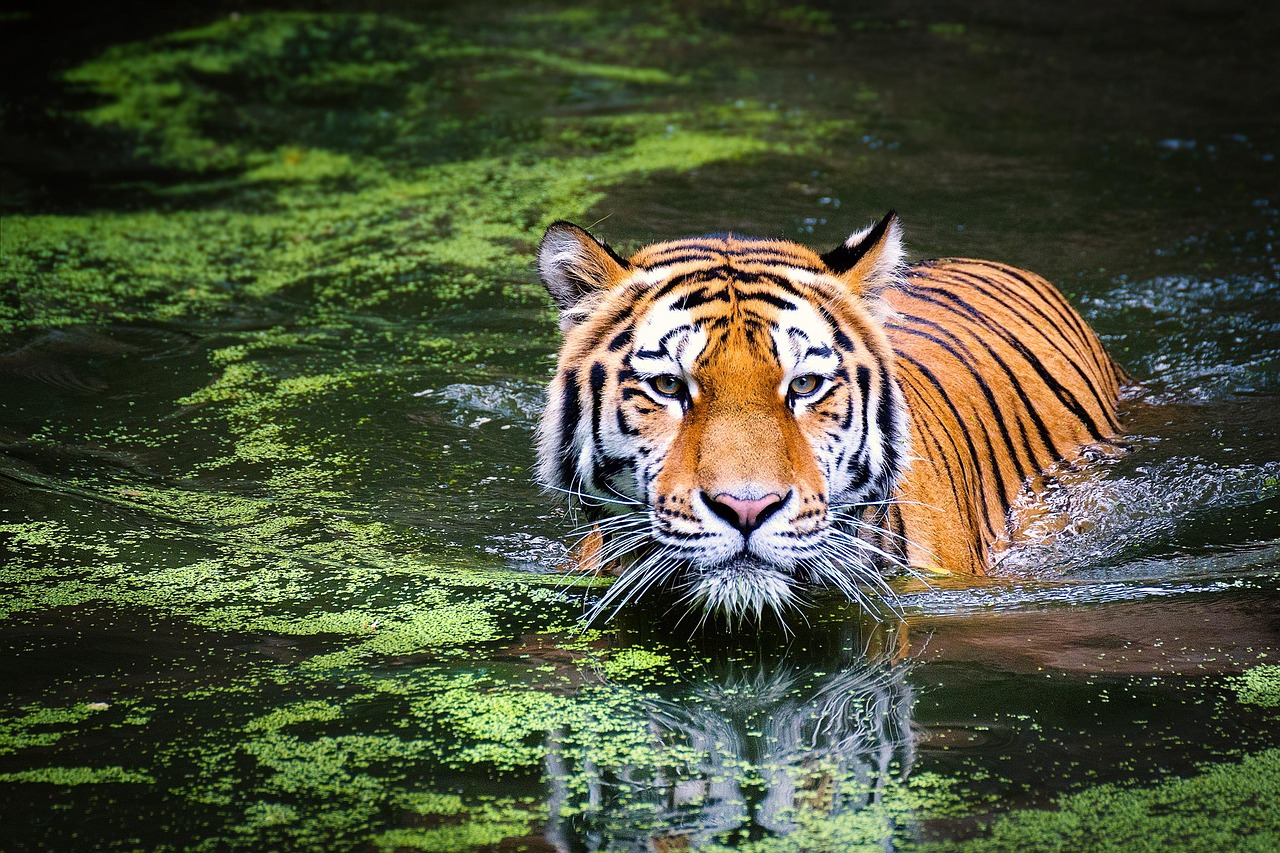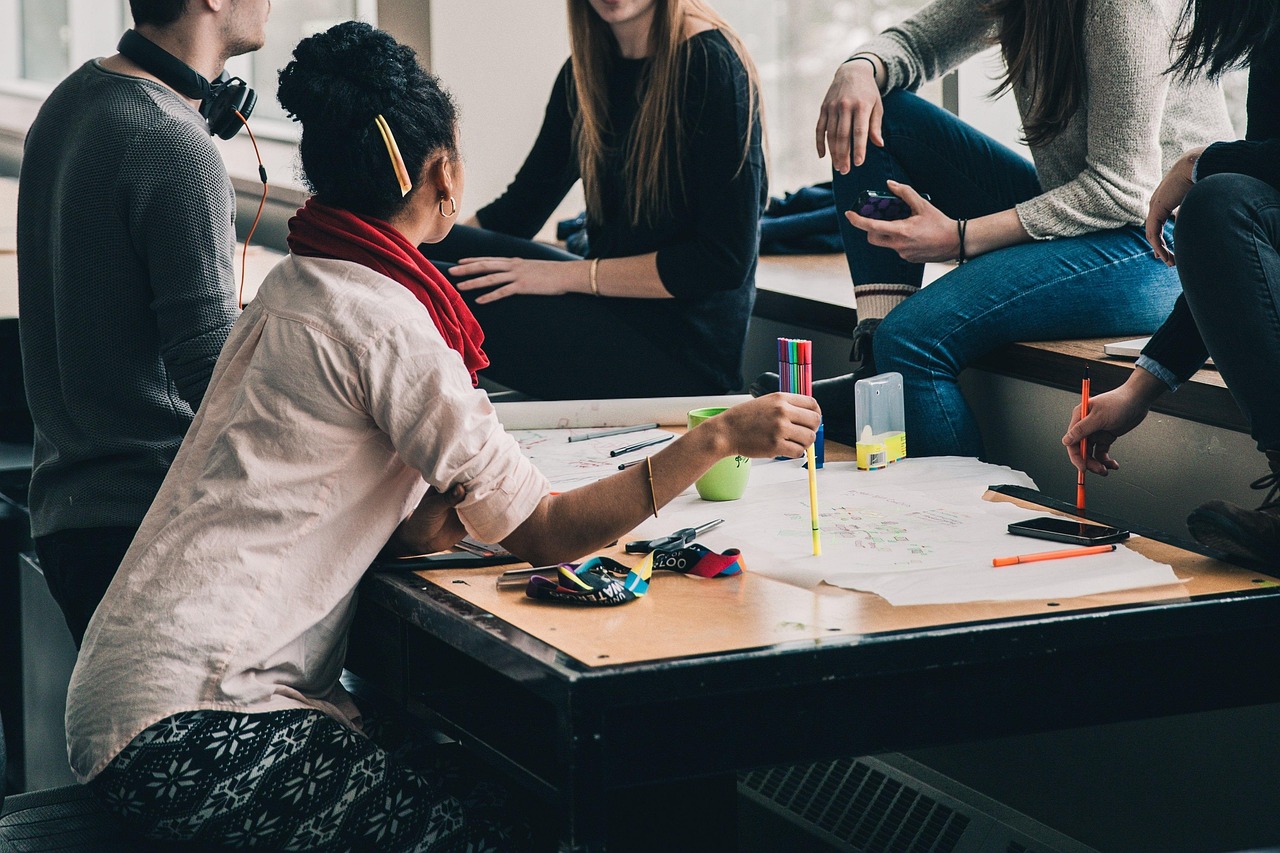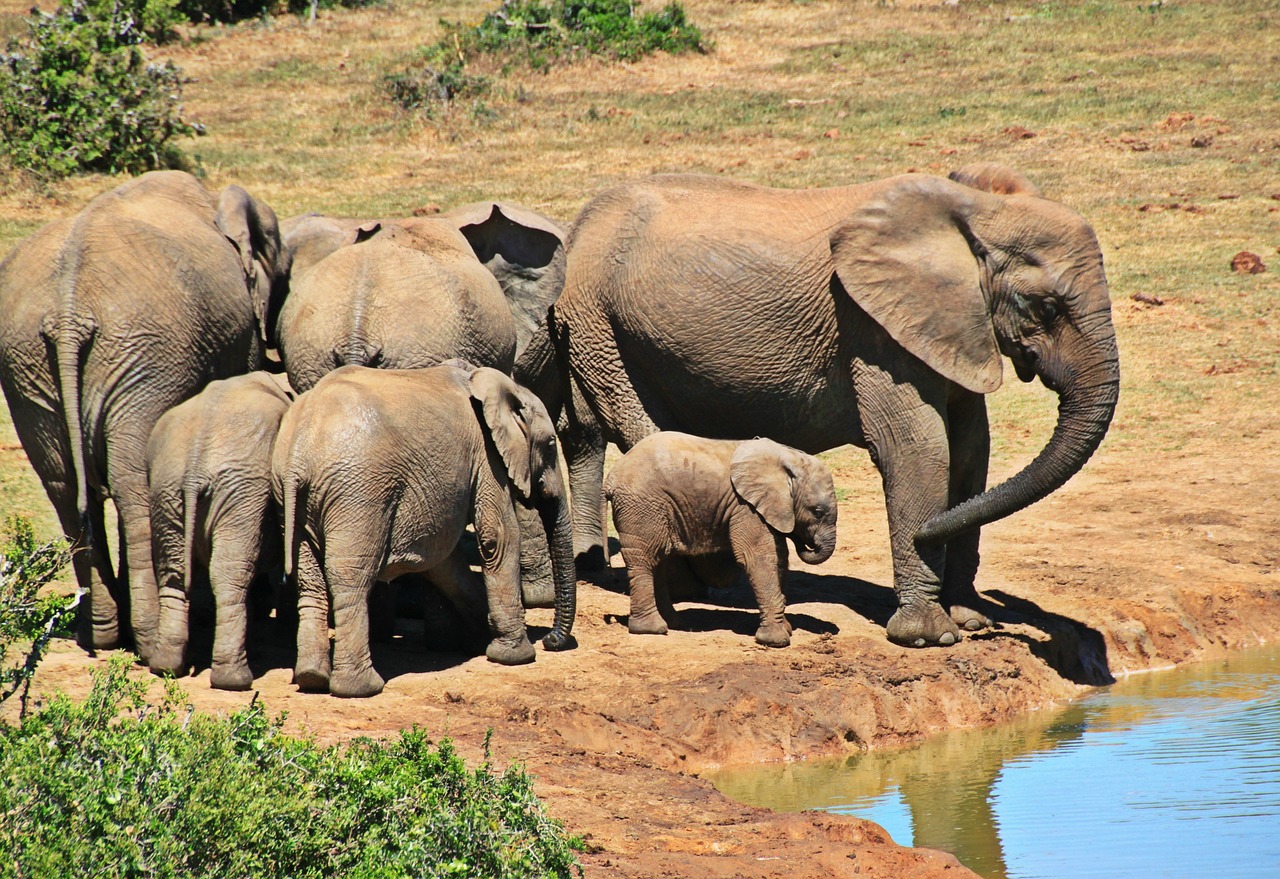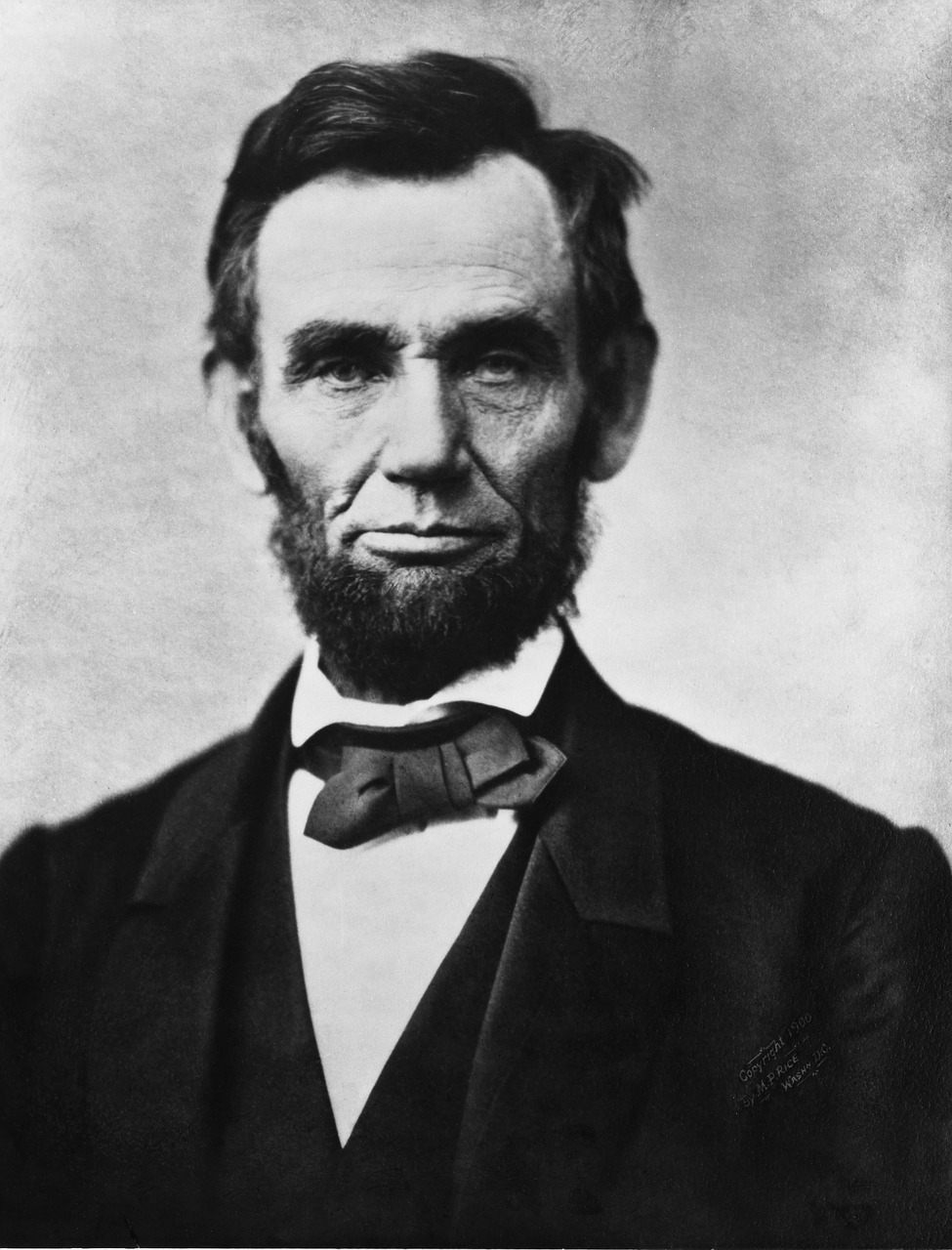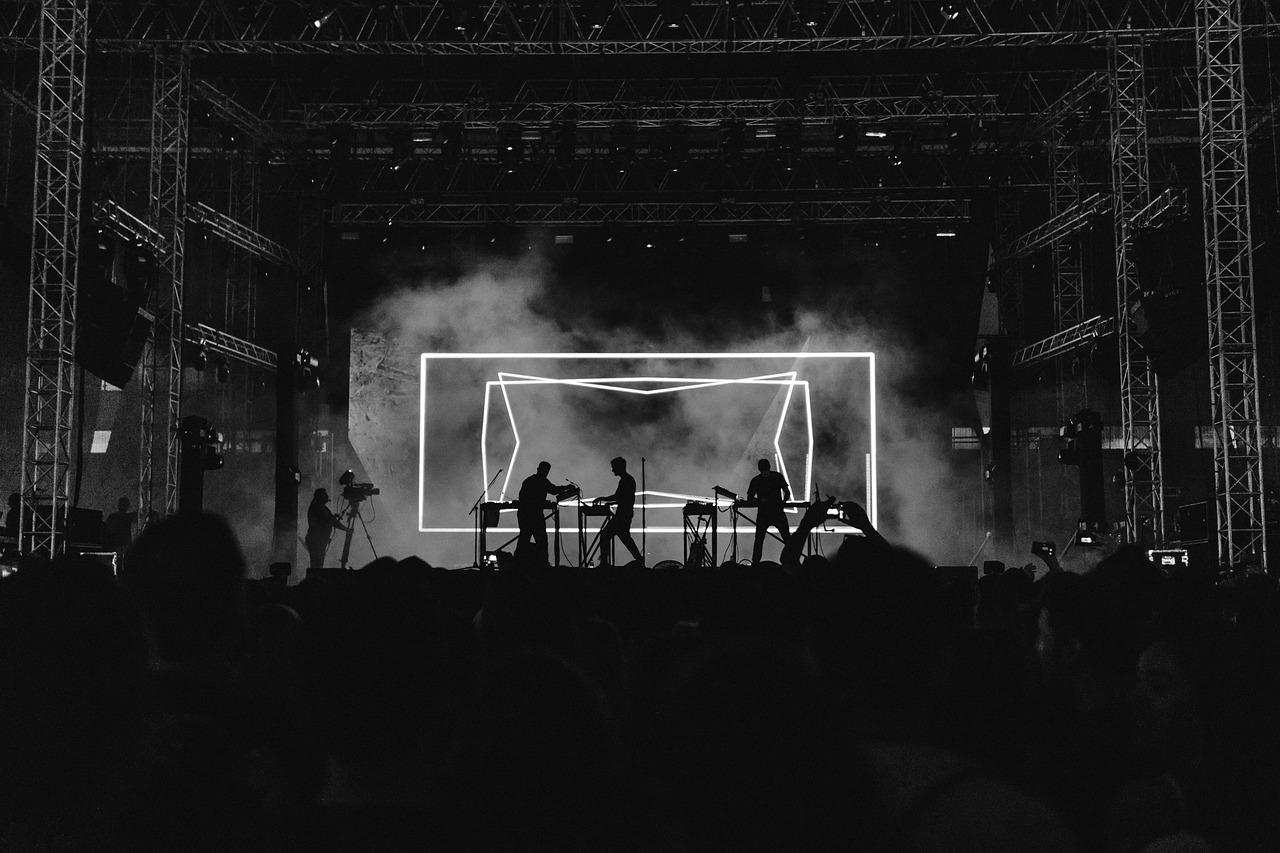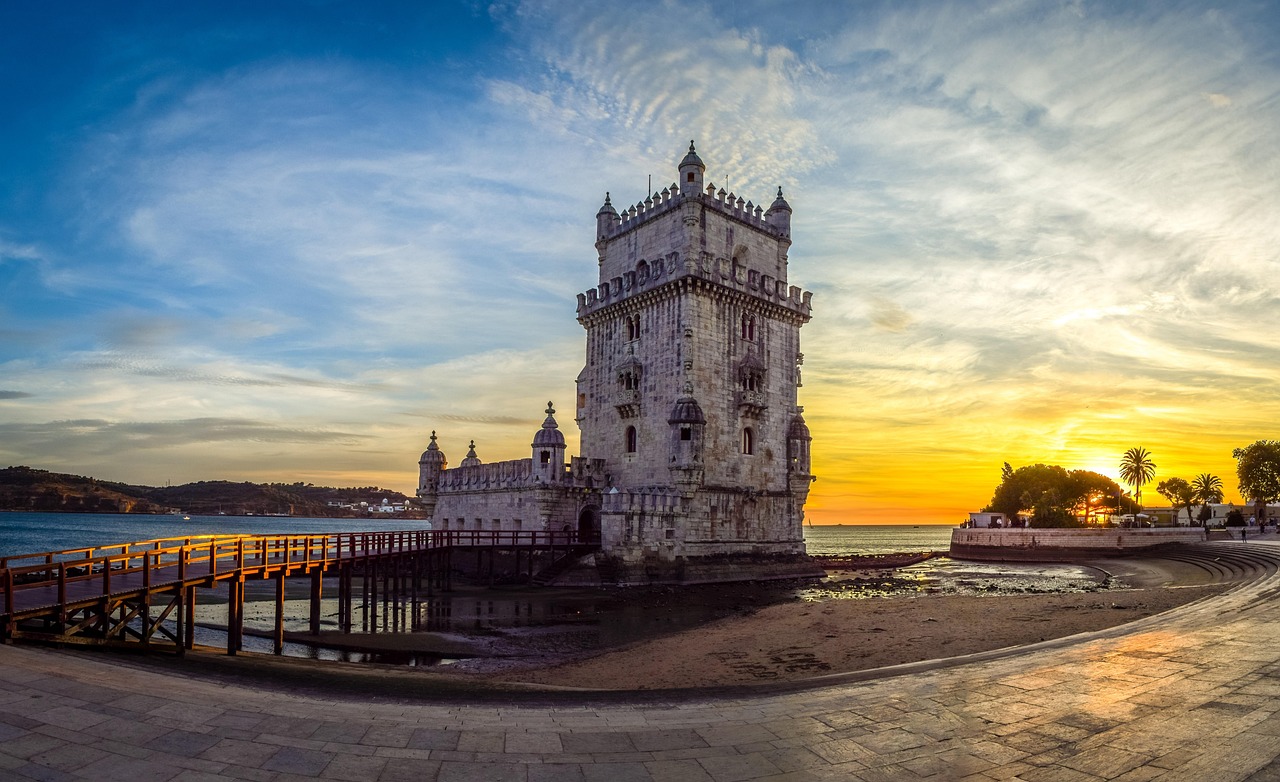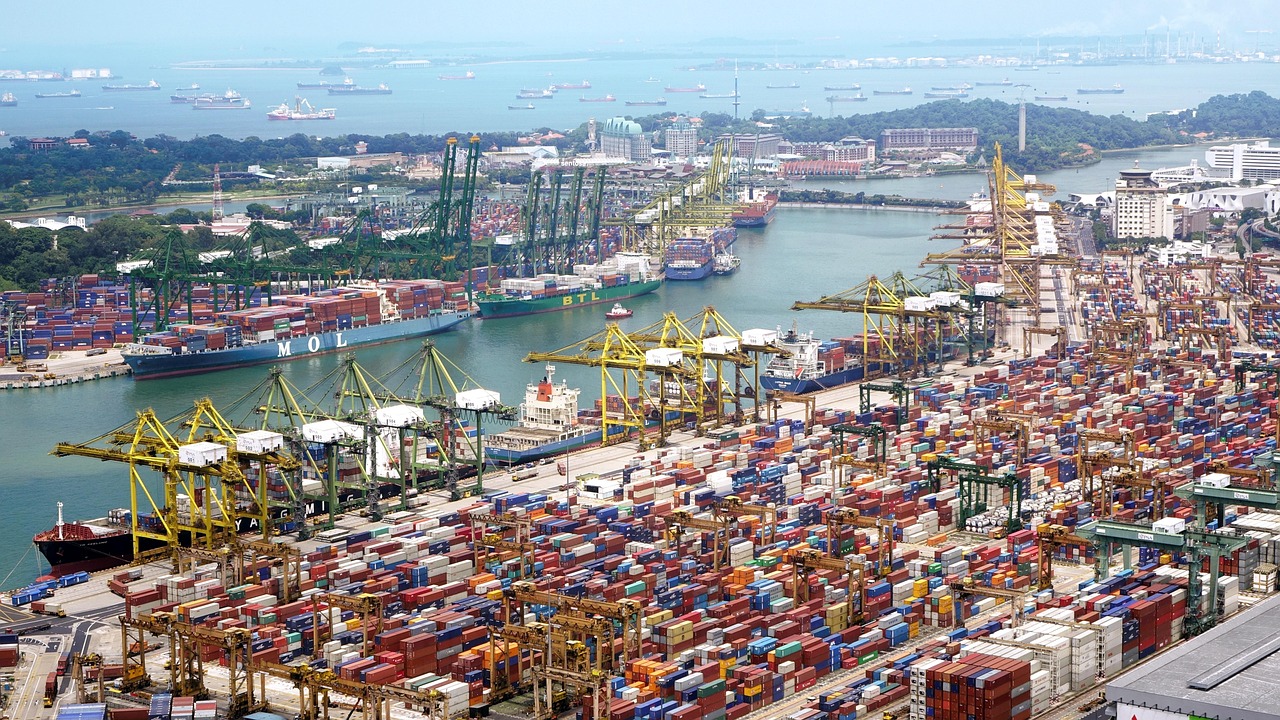Political Developments in Madagascar
Madagascar’s President Andry Rajoelina is set to address the nation amid increasing pressure from protesters and elements within the military for his resignation. The announcement was made on Monday, with the televised address scheduled for 7 PM local time (16:00 GMT).
Military and Protester Dynamics
Recent student-led demonstrations have been met with force by authorities. Notably, an elite military unit, CAPSAT, has aligned with the protesters’ demand for the president to step down. On Saturday, CAPSAT soldiers openly supported the protesters, which led to Rajoelina alleging a coup attempt the following day. During a ceremony attended by the armed forces minister, CAPSAT installed a new military chief, further indicating shifts within military ranks.
Current Situation
The president’s current location is uncertain. Authorities claim he remains in Madagascar, managing national affairs, though rumors suggest he may have fled. Protests continue in the capital, Antananarivo, with students and some soldiers participating actively.
Background and Context
The unrest began on September 25 due to longstanding issues such as electricity and water shortages, expanding into broader political demands. CAPSAT’s current actions are significant given its role in the 2009 coup that initially brought Rajoelina to power. Since independence from France in 1960, Madagascar’s military has frequently intervened in political matters.
Rajoelina, positioning himself as a reformist, led a transitional government until 2014, later winning the 2019 election and securing a second term in 2023. The ongoing protests have highlighted significant socio-economic challenges in Madagascar, where only one-third of the population has reliable access to electricity.
Casualties and International Context
The United Nations reports at least 22 fatalities and more than 100 injuries since the protests began, though these figures are contested by the government. One CAPSAT soldier was killed in recent clashes.
The Gen Z Madagascar movement, central to the protests, draws inspiration from similar youth-led uprisings in other countries, including Kenya, Indonesia, and Peru. Despite government offers for dialogue, the movement remains firm in its demands.


